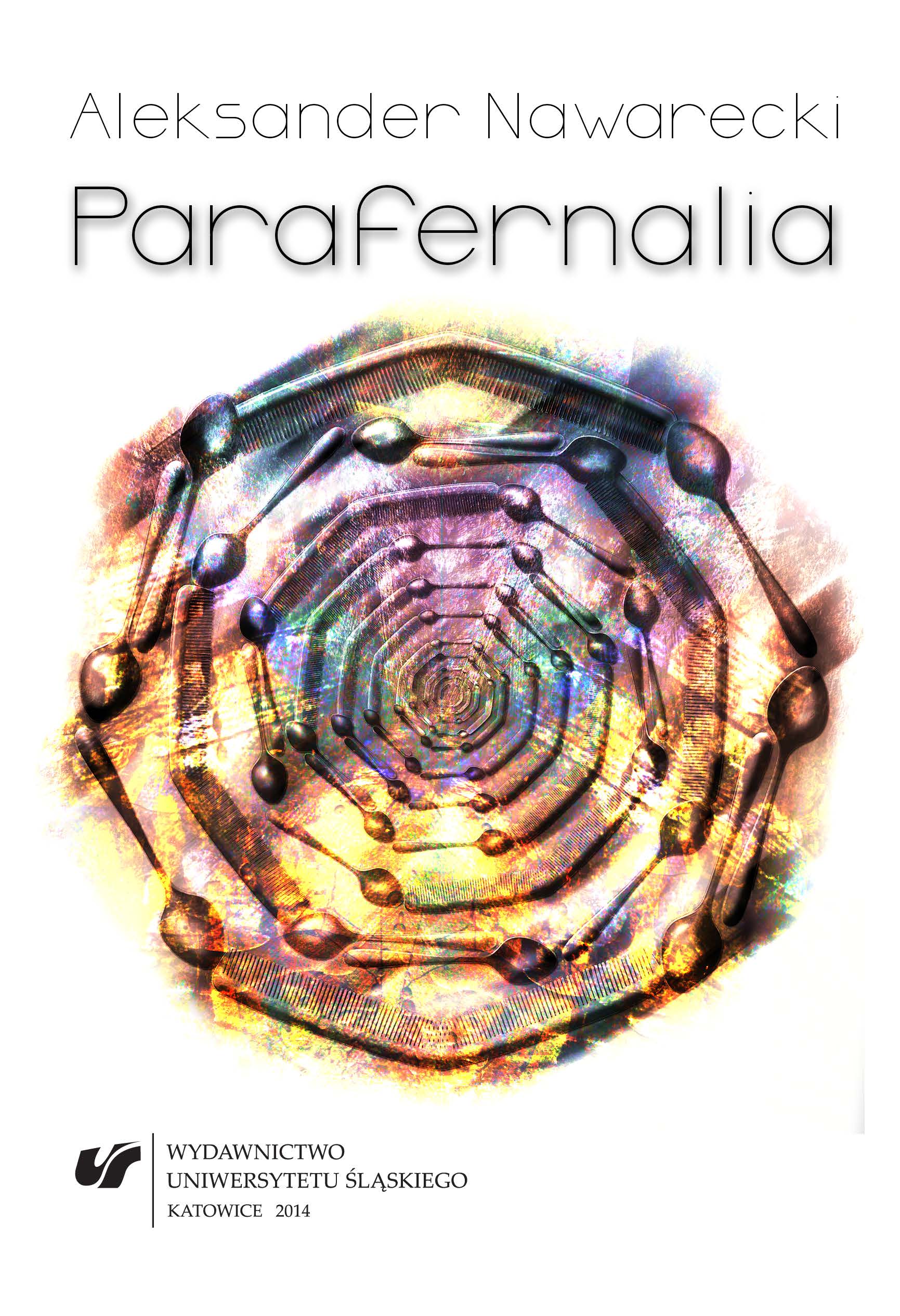Parafernalia. O rzeczach i marzeniach
Paraphernalia. About Objects and Dreams
Author(s): Aleksander Nawarecki
Subject(s): Language and Literature Studies, Applied Linguistics, Studies of Literature
Published by: Wydawnictwo Uniwersytetu Śląskiego
Keywords: paraphernalia; objects; dreams
Summary/Abstract: The book is a collection of studies conducted systematically for thirty years. Allof them are devoted to the research on the literary representation of objects and thehistorical variability in the way they were depicted. The author regards the historyof European art as the process of gradual “emancipation” of the object. He is particularlyinterested in its literary autonomization — the slow release from servingauthors and ideologies, completed with the “dehumanization” of the object. Thethesis, published in the essay O rzeczach [About Objects] (1993), was confirmed in thehumanities a few years later, together with the famous “turn towards objects” (turnto materiality, turn to non-human). The analysis of the artistic output of Skamander —a literary poetic group, which already in 1920s started to discover the value of everydaylife — is the reference point to the present study. In its members’ imagination,individual “complexes” related to the environment and the matter may be observed.In Józef Wittlin’s works, it is “a spoon of soup”, saving lives amongst the attrocitiesof war, Maria Pawlikowska-Jasnorzewska uses the “aquatic” imaginings, in thepoetic pieces of Jan Lechoń, paraphernalia related to the suicidal complex performthat role, whereas in the works of Jarosław Iwaszkiewicz the personal objects, whichbuild the author’s autobiography, are being employed. Julian Tuwim turned out tobe most sensitive to the civilizational transformations, discerning magical powersin the ordinary things: from the role that the musical instruments play to the statusof a murder weapon. Other writers described in the book include: Krzysztof KamilBaczyński, who showed the subtleties of everyday existence in the realities of Nazioccupation, and Ewa Graczyk — an essayist, designing an imaginative “Exhibition”of the material emblems of the People’s Republic of Poland. The book ends with thepanoramic overview of the Polish lyric poetry after 1956, in which, owing to MironBiałoszewski, Zbigniew Herbert, Wisława Szymborska and many others, the poetic“phenomenology of the object” could be created — a phenomenon unappreciatedin the history of the European literature. Here, also “paraphernalia” — the titleconcept, expressing the intimate dimension of the human-object relation — has beenelucidated.
- E-ISBN-13: 978-83-8012-360-1
- Print-ISBN-13: 978-83-8012-359-5
- Page Count: 354
- Publication Year: 2014
- Language: Polish
- eBook-PDF
- Table of Content
- Introduction

